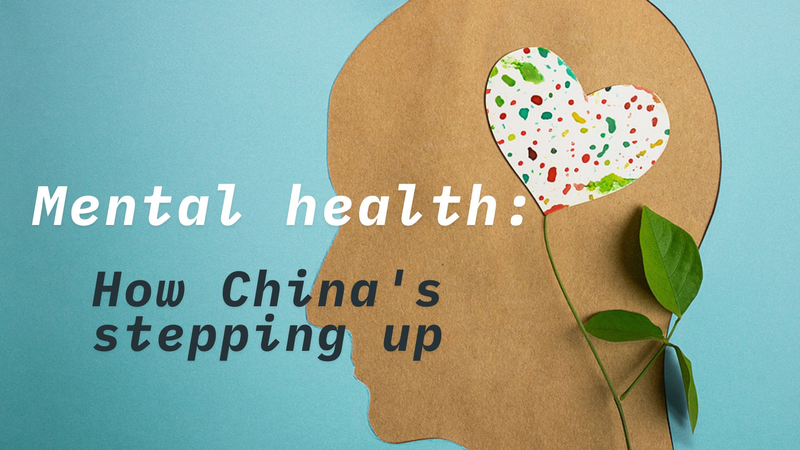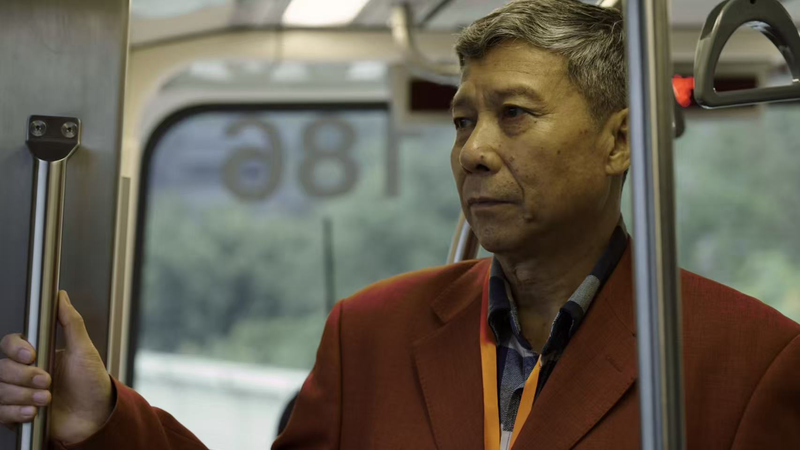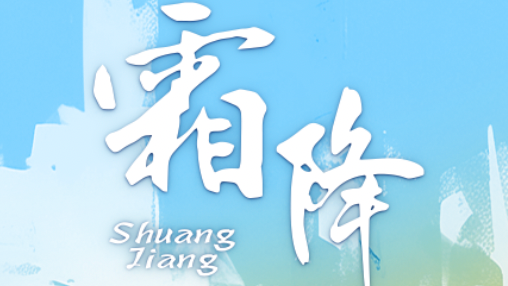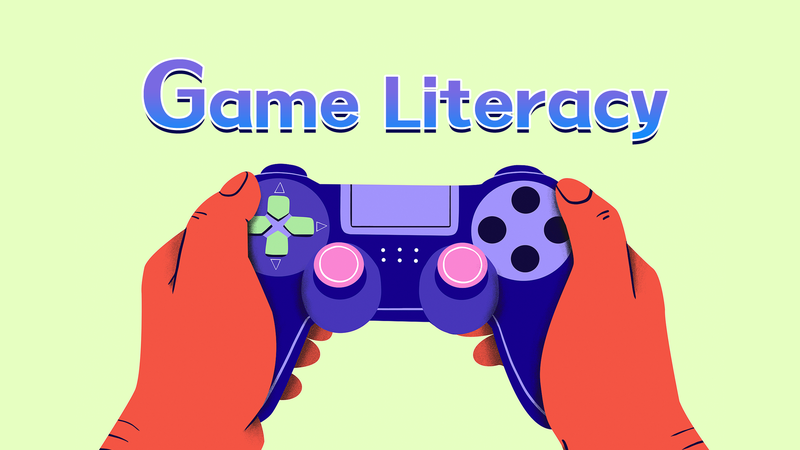Have you seen the surprise wedding of Donald Trump and Kamala Harris? 🤯 Wait, what?! Of course, it didn't happen IRL! But AI-generated videos showing the two U.S. political figures sharing a romantic moment went viral on Chinese social media—before being taken down due to missing \"generated by AI\" tags.
Right after OpenAI wowed the world with its cutting-edge text-to-video service Sora, a wave of AI-created fan art videos flooded Chinese video platforms. 🎥✨
These creative minds didn't have access to Sora—since it's not publicly released yet—but they didn't let that stop them. Using locally developed AI tools like the Kling model from Kwai, Jimeng (formerly Dreamina) from TikTok, and Vidu in collaboration with Tsinghua University, they've produced impressive videos showing everything from ancient folks munching on burgers 🍔 to on-screen enemies becoming besties. 👫
These AI tools can whip up anything from simple animations to epic cinematic scenes, all from text prompts or images you choose. Talk about next-level creativity! 🚀
From January to November 2024, the number of generative AI models approved by the government skyrocketed from less than 50 to over 300. 📈
So, what's fueling this rapid rise? A mix of government backing, a thriving tech scene, and a growing pool of AI talent. In recent years, the Chinese government has rolled out policies to boost innovation and position China as a global AI leader. This includes pouring funds into research, setting up AI centers, and crafting supportive regulations.
But AI is just one piece of the tech puzzle. China's push for technological self-reliance has also led to big strides in 5G, quantum computing, and supercomputing. The message is clear: embracing tech innovation is key to the country's future success and security. 🌐🔐
Reference(s):
New innovation drive: AI videos show China's tech self-reliance
cgtn.com




